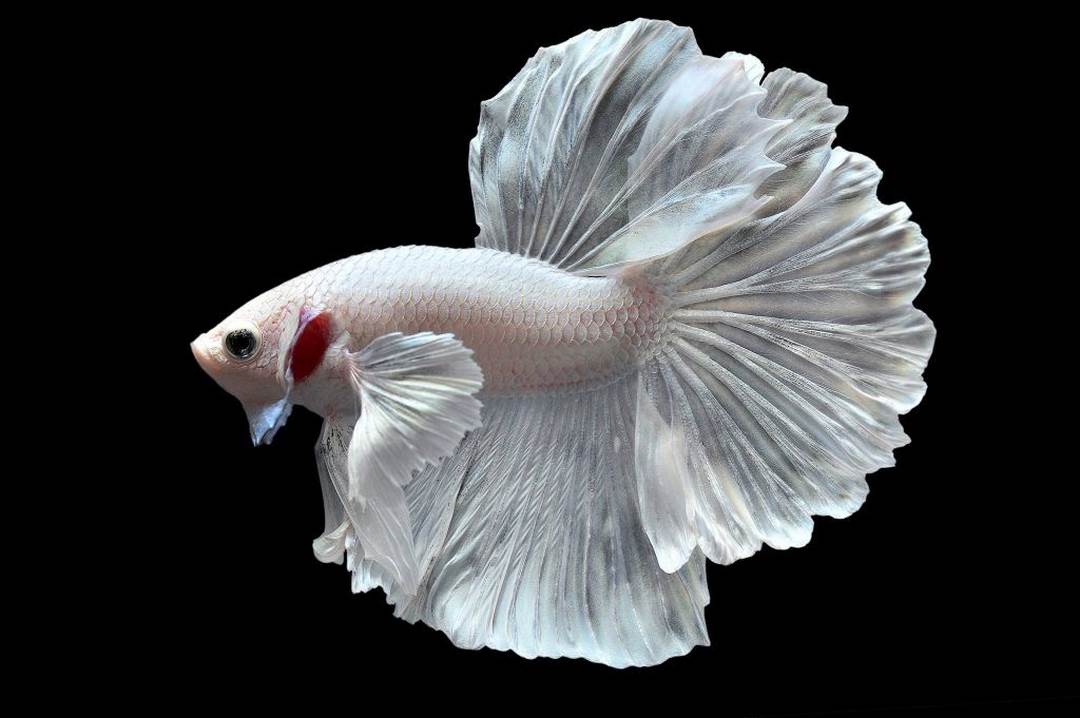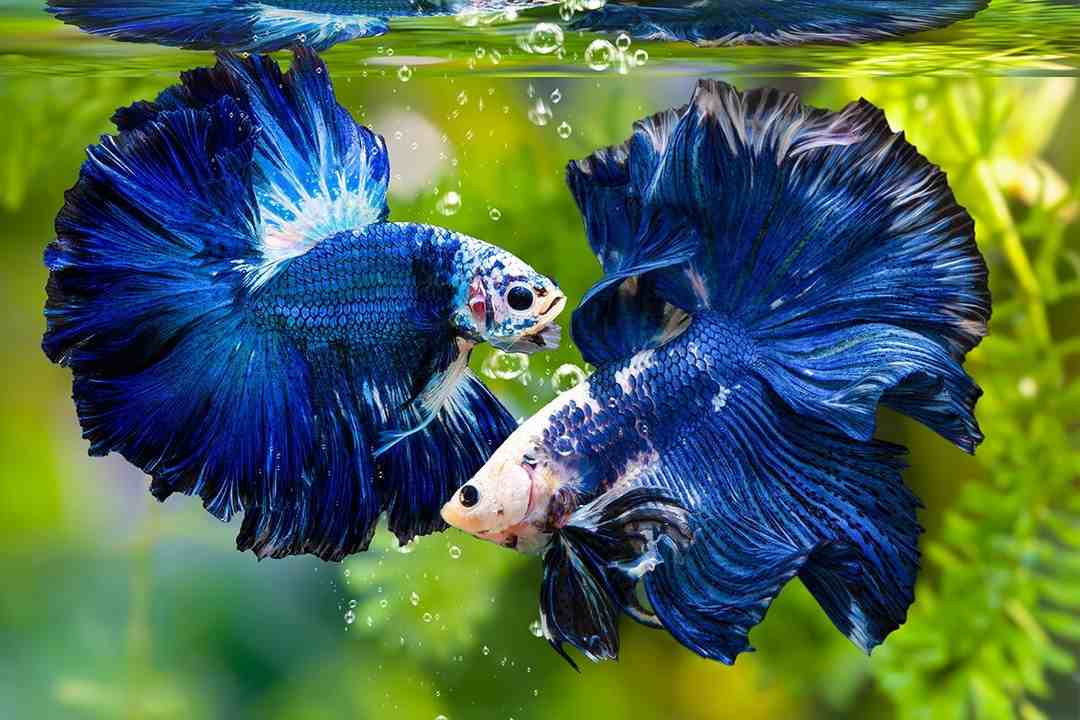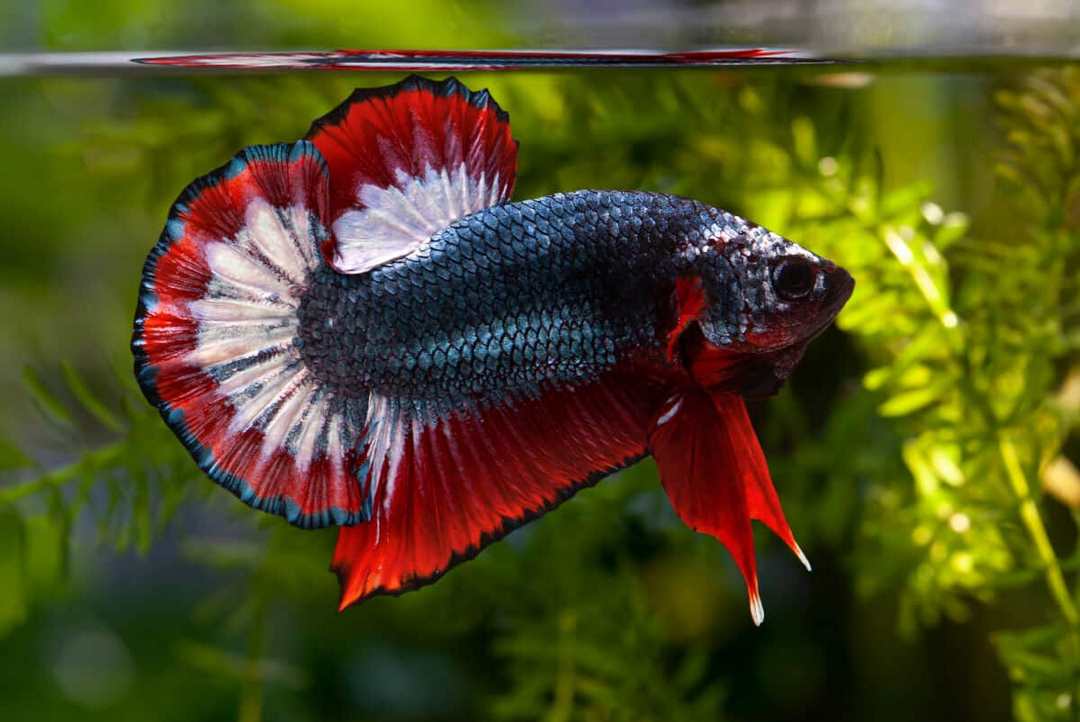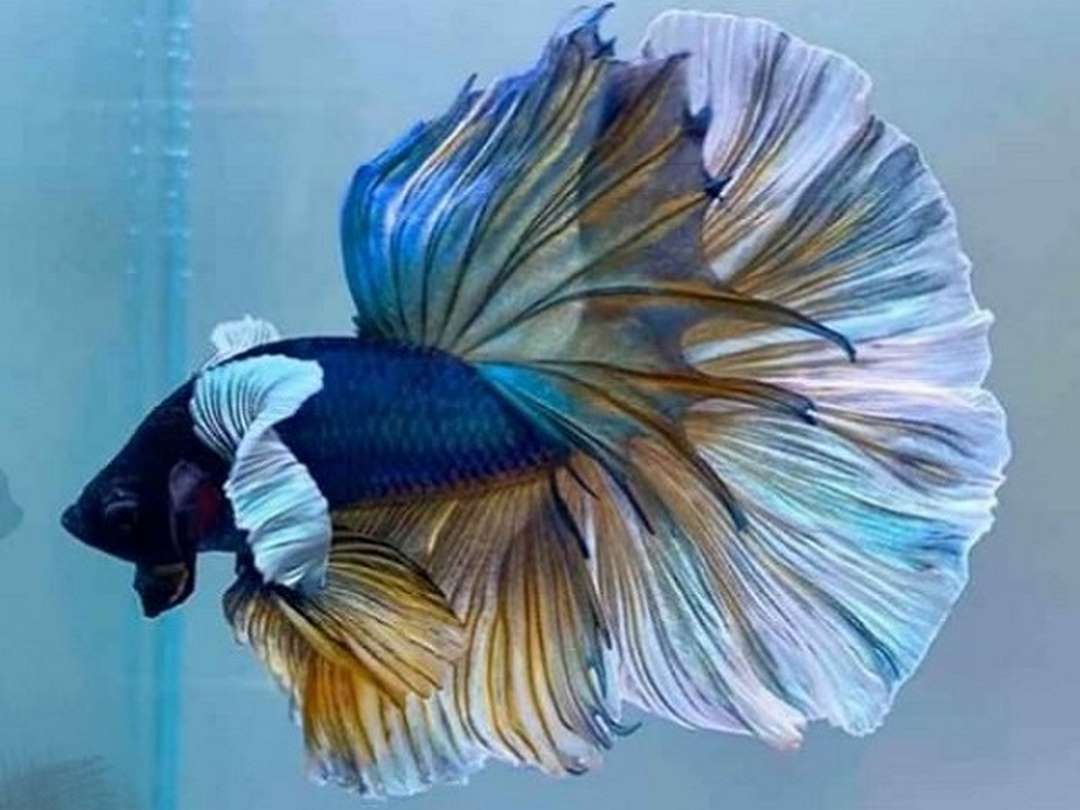Welcome to the ultimate guide to Betta fish! Known for their vibrant colors and dynamic personalities, Bettas are a favorite among aquarists. Whether you’re a seasoned fish keeper or a newcomer, this comprehensive guide will equip you with the essential knowledge to care for, breed, and appreciate these stunning fish.
1. Understanding Betta Fish
Origins and History
Betta fish, scientifically known as Betta splendens, hail from the shallow waters of Southeast Asia. Originally bred for their fighting capabilities, these fish have transformed into one of the most popular aquarium species globally, prized for their beauty and individuality.
Types of Betta Fish
Bettas come in various forms, each with unique characteristics:
- Veil Tail: The most common variety, with long, flowing fins.
- Crown Tail: Features spiky fin edges, creating a crown-like appearance.
- Halfmoon: Known for its semi-circular tail that spreads 180 degrees.
- Plakat: Short-finned, resembling wild Betta fish, favored for breeding.
2. Betta Fish Care
Creating the Ideal Habitat
To thrive, Betta fish need a suitable environment:
- Tank Size: A minimum of 5 gallons is recommended.
- Water Conditions: Maintain a temperature between 76-82°F with a pH level of 6.5 to 7.5. Regular water changes (at least 25% weekly) are essential to prevent toxins.
- Filtration: Use a gentle filter to avoid strong currents, as Bettas prefer calm waters.
Feeding Your Betta
A balanced diet is crucial for a healthy Betta:
- Diet Composition: High-quality Betta pellets should form the basis of their diet. Supplement with frozen or live foods like brine shrimp and bloodworms to enhance their protein intake.
- Feeding Frequency: Offer food once or twice daily, ensuring no leftovers remain to maintain water quality.
Routine Maintenance
Daily care involves monitoring water quality and fish behavior. Keep an eye out for signs of stress or illness, which can include clamped fins, lethargy, or unusual swimming patterns.
3. Breeding Betta Fish
Preparing for Breeding
Before breeding, select healthy males and females. Set up a dedicated breeding tank with:
- Hiding Spots: Use plants or decorations to provide shelter.
- Water Temperature: Slightly elevate the temperature to encourage spawning.
The Breeding Process
During courtship, males will build bubble nests and display vibrant colors to attract females. Post-spawning, the male will guard the eggs until they hatch, typically within 24 to 36 hours.
Raising Fry
Once the fry are free-swimming, provide finely crushed flakes or infusoria until they grow large enough to consume larger foods. Maintain excellent water quality to ensure their survival.
4. Unique Traits of Betta Fish
Behavioral Characteristics
Bettas are known for their curious and interactive nature. They often recognize their owners and can display a range of behaviors, from playful swimming to displaying aggression, particularly towards other males.
Coloration and Appearance
Bettas exhibit a stunning array of colors and patterns, influenced by genetics and environmental conditions. A well-maintained tank and a proper diet will enhance their natural hues, making them even more striking.
5. Common Issues and Solutions
Health Problems
Betta fish can suffer from various ailments, including:
- Fin Rot: Caused by poor water quality; treat with appropriate medications.
- Ich: A common parasite; increase the temperature and use medication to eradicate it.
Stress Management
To reduce stress:
- Avoid overcrowding in the tank.
- Provide plenty of hiding spaces and ensure stable water conditions.
Conclusion
Caring for Betta fish can be a rewarding experience, filled with beauty and fascination. By understanding their needs and behaviors, you can create a thriving environment for these captivating creatures.







